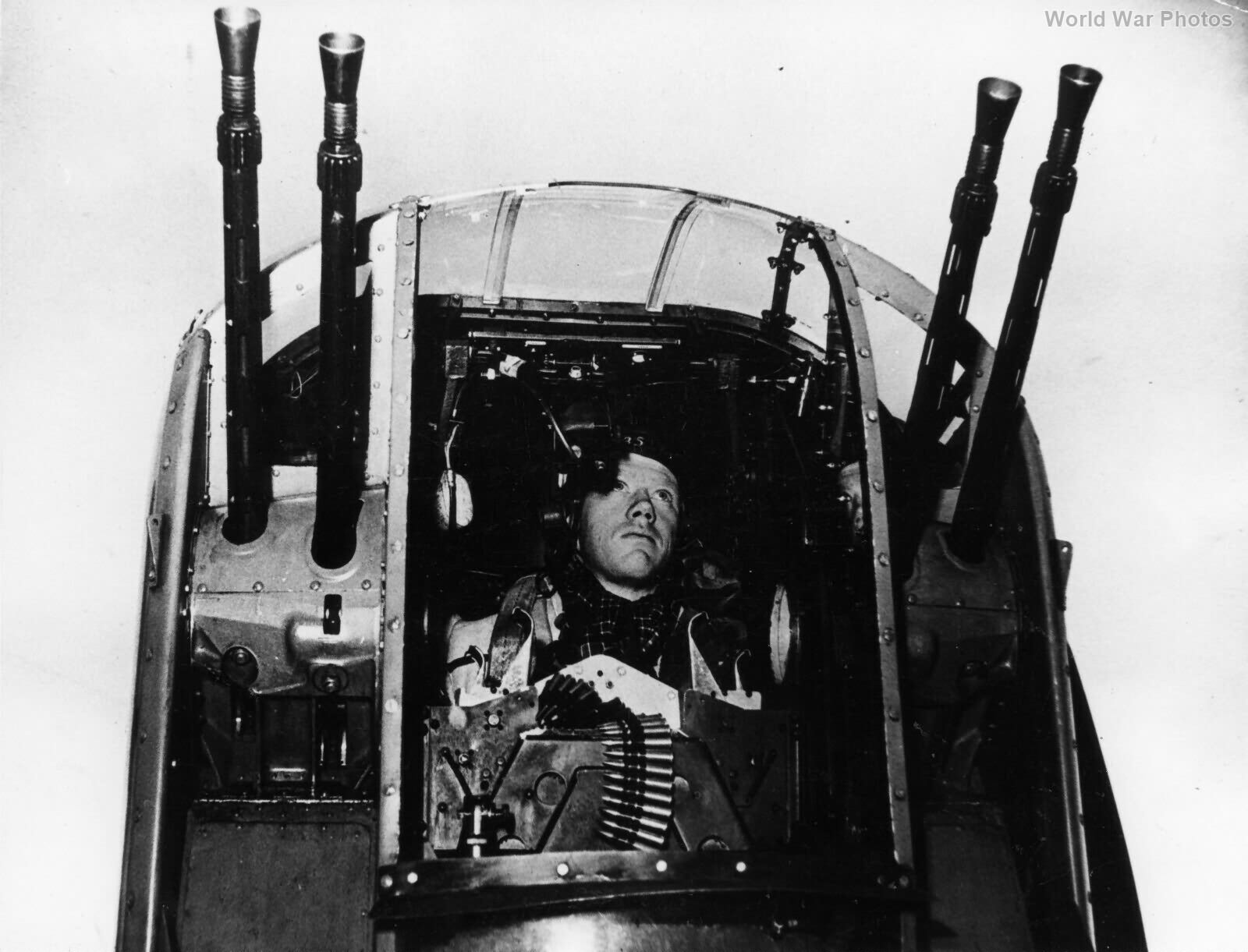The Defensive Armament of the Avro Lancaster
The defensive armament of the Avro Lancaster bomber evolved over the course of its production, but generally centered around turrets mounted in the nose, tail, and dorsal positions. The primary weapon was the Browning .303in machine gun.
Here’s a detailed breakdown:
- FN5 Front Turret: Early Lancasters used the FN5 front turret, which was initially designed for the Handley Page Hampden and was equipped with two .303in Browning machine guns. The FN5 had limited traverse but was considered adequate during the early stages of the war.
- FN50 Mid-Upper Turret: The mid-upper turret was a standard feature on most Lancaster marks and initially used the FN50, also armed with two .303in Brownings. This turret provided coverage against attacks from above and behind.
- FN20 Tail Turret: Considered a formidable weapon, the early FN20 tail turret featured four .303in Brownings. It was designed to deter pursuing fighters.
- FN64 Ventral Turret: Some early Mark I Lancasters also featured an FN64 ventral turret, but this was deemed largely ineffective, especially during night operations, and was quickly phased out. It was later reintroduced on the Mark II and some later production aircraft.
The Browning .303in machine guns were initially fed by 500-round ammunition boxes.
Armament Upgrades and Developments:
- Martin Dorsal Turret: Later versions of the Lancaster, like the Mark VII, replaced the FN50 mid-upper turret with a Martin dorsal turret. This turret was situated further forward and offered improved armament with two .50 caliber guns.
- Rose Rear Turret: The FN20 tail turret was also later updated to the “Rose” type, which incorporated better gunsight and improved controls.
- Increased Caliber: There was a general shift towards larger caliber weapons as the war progressed, driven by the need for greater firepower against increasingly resilient German aircraft. The Martin turret’s .50 caliber guns and the proposed, but never implemented, .5in Browning in the Rose turret exemplify this trend.
The Lancaster’s Defensive Capabilities in Context:
While the Lancaster’s defensive armament was formidable, it is important to remember that it was designed as a heavy bomber, not a fighter. Its primary objective was to deliver its bomb load accurately, and its defensive capabilities were intended to deter and delay attacking fighters, not necessarily to shoot them down.
The relative effectiveness of the Lancaster’s armament is a complex issue.
